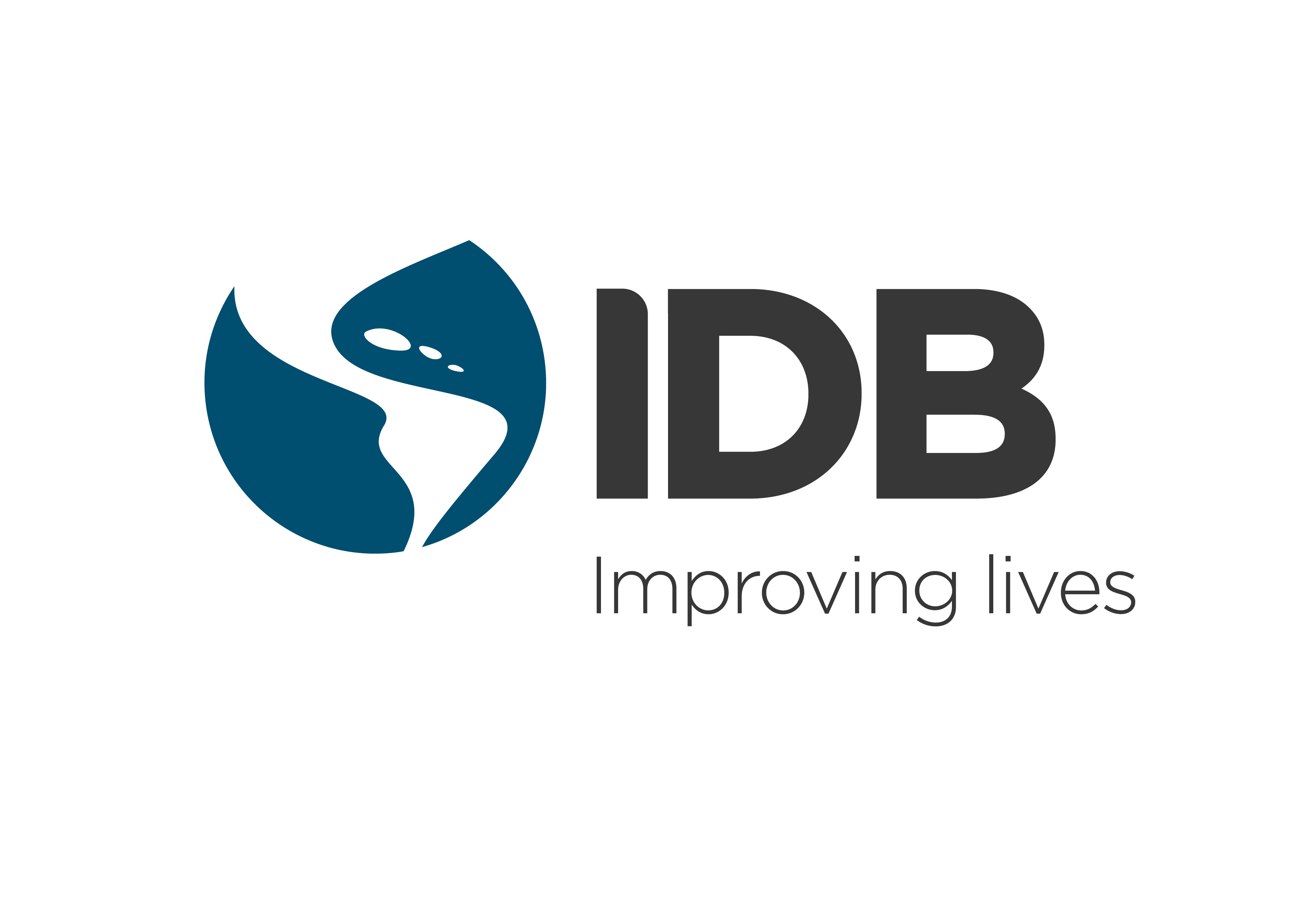A new report from the Inter-American Development Bank (IDB) forecasts that remittances to Latin America and the Caribbean will reach a historic high of $161 billion in 2024, marking a 5% increase from 2023. This growth, however, represents the slowest pace in a decade, following an extraordinary surge during the COVID-19 pandemic.
The slowdown in remittance growth for 2024 is attributed to several factors, including reduced human mobility in 2023, slower labor market growth for migrants abroad, and economic improvements in some Central American and Mexican countries. These factors have helped ease the financial pressure on recipients, reducing their need for remittance support.
In contrast, devaluations in South American currencies and a slower-than-expected economic recovery have prompted an increase in remittances to families in the region, especially as migrant workers continue to support their loved ones back home.
Key Regional Trends
Mexico remains the largest recipient of remittances in the region, expected to receive $65 billion in 2024, a 2.9% increase from 2023. This marks the smallest growth in remittances for Mexico in the past decade. Central American countries will experience a 6.6% increase, totaling $45.7 billion, while South American nations will see the most significant growth, with a 9.1% increase to reach $31.7 billion. The Caribbean is expected to receive $18.4 billion, reflecting a modest 2% growth, similar to trends observed in 2023.
The Profiles of Remittance Senders and Recipients
The IDB report also sheds light on the behaviour and profiles of remittance senders and recipients, providing a deeper understanding of the impact of remittances on families. Monthly remittance amounts vary depending on the sender's nationality, gender, and years of residence abroad, ranging from $131 to $648. For many migrants, remittances represent a significant portion of their income, with amounts sent ranging from 6% to 23% of total earnings.
Among men, the median remittance sent is $300 per month, with the amount stabilizing during the first 15 years of migration. For women, the rate of income allocated to remittances remains stable over time, leading to an increase in the amounts sent as their earnings grow.
Impact on Families' Livelihoods
The report underscores the vital role of remittances in supporting families' standard of living. A significant 80% of migrants report that the money is primarily used for essential maintenance, such as food, housing, and transportation. Medical expenses are the second most common use of remittances, followed by education, savings, business development, and real estate investments.
The data highlights the continued importance of remittances in sustaining families, particularly in countries facing economic challenges or slower recovery from past crises. These financial transfers remain a lifeline for millions of families in Latin America and the Caribbean.











